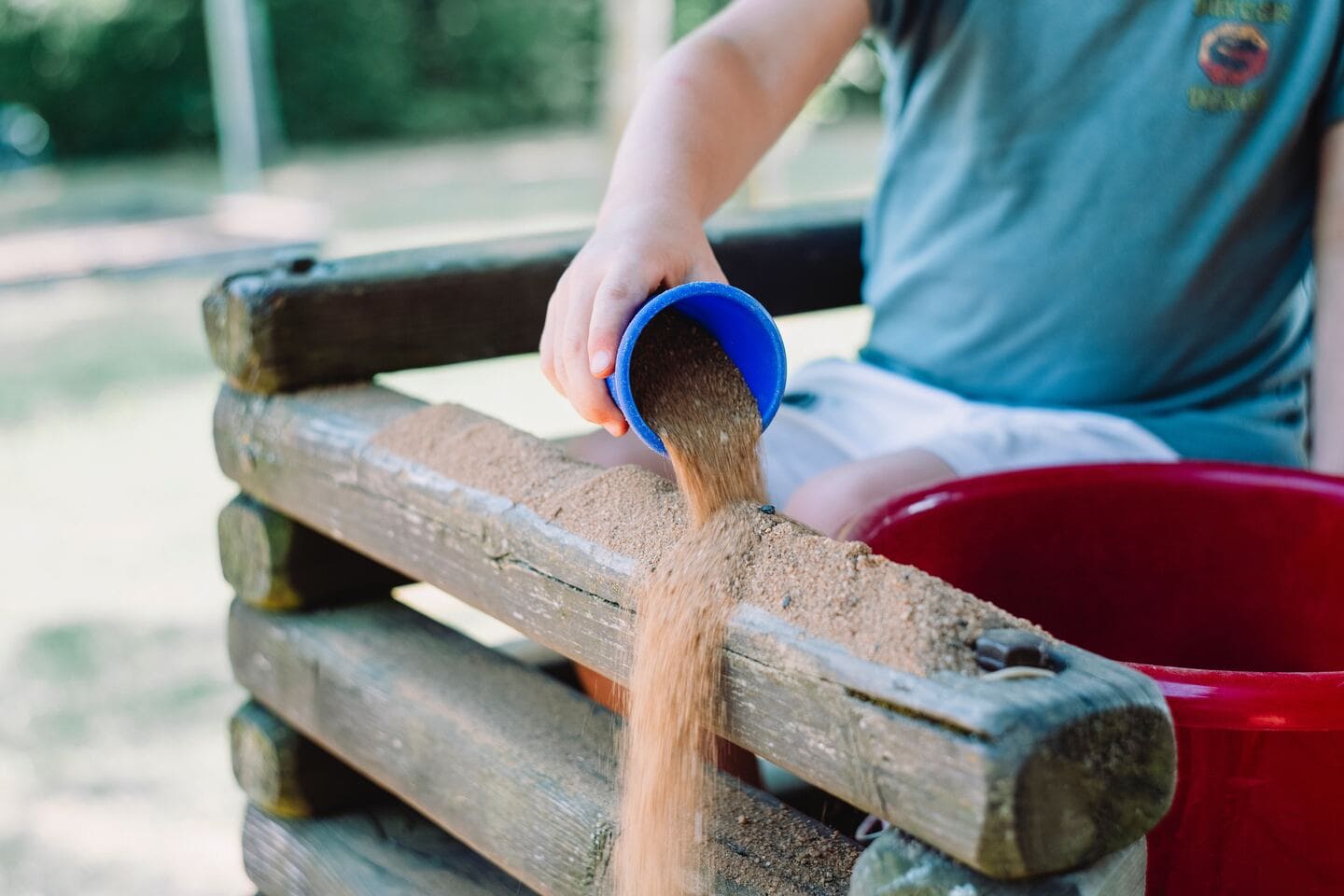
CBT for Childhood Depression
Childhood depression is a serious condition that can have long-term effects on a child’s emotional, cognitive, and social development. While sadness is a normal part of life, persistent feelings of hopelessness and lack of interest in activities are red flags for depression. Early intervention is crucial to help children manage depression and develop healthy coping mechanisms, and one of the most effective approaches is Cognitive Behavioral Therapy (CBT). CBT focuses on teaching children how to recognize and alter negative thought patterns and behaviors. This blog will explore how CBT is used to treat childhood depression, the techniques involved, and the role of parents in the process.
Understanding Childhood Depression
Childhood depression differs from normal mood swings or temporary emotional responses to life events. It is a mental health condition that affects not only the child’s mood but also their behavior, energy levels, and overall ability to function. Some symptoms of childhood depression include:
- Persistent sadness or irritability
- Loss of interest in activities they once enjoyed
- Difficulty concentrating
- Changes in appetite and sleep patterns
- Low energy or fatigue
- Feelings of worthlessness or guilt
Depression in children is often overlooked because it may manifest differently than in adults. For instance, while adults may isolate themselves or vocalize their feelings of sadness, children often exhibit irritability or anger. According to the CDC, an estimated 3.2% of children aged 3-17 in the U.S. suffer from depression. Early intervention through therapy, particularly Cognitive Behavioral Therapy, is essential in helping these children manage their symptoms and improve their overall quality of life.
Core CBT Techniques for Childhood Depression
CBT addresses the interconnected relationship between thoughts, emotions, and behaviors. It helps children understand how their negative thought patterns contribute to their depressive feelings and teaches them strategies to break this cycle. Some of the core CBT techniques used to treat childhood depression include:
- Cognitive Restructuring Cognitive restructuring helps children identify negative thoughts and challenge their validity. For example, a child may think, “No one likes me,” or “I’ll never be good at anything.” In therapy, the child learns to question these thoughts and replace them with more balanced, realistic ones, such as “I have friends who care about me” or “I can improve with practice.” This process of reframing thoughts helps reduce the intensity of negative emotions and behaviors associated with depression.
- Behavioral Activation Depression often leads to a cycle of inactivity, where the child avoids activities they once enjoyed due to feelings of sadness or fatigue. Behavioral activation focuses on encouraging the child to engage in pleasurable or meaningful activities, even if they don’t initially feel motivated to do so. Over time, increasing activity levels can help boost mood and energy. The therapist and child work together to create an activity plan that includes small, achievable goals to gradually increase engagement in daily life.
- Problem-Solving Skills Depression can make it difficult for children to cope with everyday problems, leading to feelings of helplessness. CBT teaches children practical problem-solving skills to help them break down challenges into manageable steps. For instance, if a child is struggling with schoolwork, the therapist might help them outline a step-by-step plan to address the issue, such as setting aside time for homework, asking for help from a teacher, or breaking large assignments into smaller tasks.
Practical Applications in Therapy
In therapy, these CBT techniques are tailored to the child’s developmental stage and specific challenges. For younger children, therapists may use creative methods like drawing, role-playing, or games to help them express their thoughts and emotions. Visual tools such as thought journals or mood charts are also commonly used. These allow children to track their emotions and thoughts over time, providing valuable insights into patterns that contribute to their depression.
For older children and adolescents, CBT may involve more direct discussions about their thoughts and feelings. Therapists use cognitive exercises, such as thought-challenging worksheets, to help them recognize distortions in their thinking. Therapy sessions often include homework assignments, such as engaging in specific activities or practicing thought reframing between sessions.

Involving Parents in CBT for Childhood Depression
Parental involvement is a crucial aspect of CBT for children. Parents can help reinforce the strategies learned in therapy by providing a supportive home environment. They can encourage their child to engage in activities, monitor their mood, and provide positive reinforcement for small successes. Therapists often work closely with parents to help them understand their child’s struggles and teach them how to respond in a way that supports the therapeutic process.
In some cases, family therapy may be integrated with CBT to address any relational issues that could be contributing to the child’s depression. This helps create a cohesive support system where both the child and parents work together to manage the child’s mental health.
The Role of a Specialist in CBT for Childhood Depression
While parents can support their child’s mental health at home, professional guidance in Cognitive Behavioral Therapy from a trained therapist is crucial for effective treatment. A CBT specialist is equipped with the tools and knowledge to assess the child’s unique challenges and implement a tailored therapy plan. They provide a safe space for children to explore their thoughts and emotions, as well as the expertise needed to guide them through cognitive restructuring, behavioral activation, and other therapeutic techniques.
Seeking a licensed CBT therapist ensures that your child receives the appropriate support and structure needed to navigate their depression. Therapists can track progress, adjust strategies as needed, and provide parents with guidance on how to complement therapy at home. In some cases, CBT may be combined with other treatments, such as medication or family therapy, for a more comprehensive approach to managing depression.
For more resources and support in mental health, visit Achievement Balance, where we focus on holistic approaches to childhood wellbeing.
Conclusion
Cognitive Behavioral Therapy is an effective, evidence-based approach for treating childhood depression. By helping children challenge negative thoughts, engage in activities, and develop problem-solving skills, CBT empowers them to take control of their emotions and behaviors. Early intervention can make a significant difference in the trajectory of a child’s mental health, leading to improved well-being and a brighter future.
If you suspect your child is struggling with depression, consider seeking a CBT specialist who can guide them through this transformative therapy. With the right support, your child can overcome the challenges of depression and build resilience for the future.

